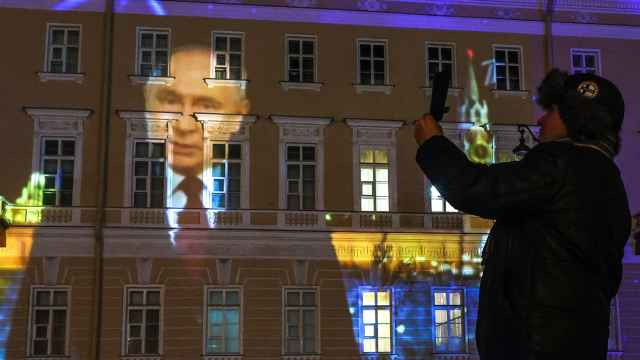Russia’s Environmental Ministry said that the recent spike in radiation levels in the Urals region did not exceed acceptable limits in a statement Tuesday.
After European monitors detected a radioactive cloud in late September, Russia’s meteorological service said earlier on Tuesday it had also registered extreme levels of the radioactive material Ruthenium 106, or Ru-106.
The Environmental Ministry on Tuesday said the meteorological service had released an “incompetent evaluation that has led to mass dissemination of false information in the mass media.”
“Levels of Ruthenium-106 were several times lower than the accepted limit, as established by the norms of radiation safety,” the statement read.
The Federal Service for Consumer Protection and Welfare, Rospotrebnadzor, also concluded that levels of Ruthenium-106 did not exceed acceptable limits.
“Maximum levels of Ruthenium-106 in the atmosphere are 200 or more times less than accepted levels and do not pose a risk to public health.”
A Message from The Moscow Times:
Dear readers,
We are facing unprecedented challenges. Russia's Prosecutor General's Office has designated The Moscow Times as an "undesirable" organization, criminalizing our work and putting our staff at risk of prosecution. This follows our earlier unjust labeling as a "foreign agent."
These actions are direct attempts to silence independent journalism in Russia. The authorities claim our work "discredits the decisions of the Russian leadership." We see things differently: we strive to provide accurate, unbiased reporting on Russia.
We, the journalists of The Moscow Times, refuse to be silenced. But to continue our work, we need your help.
Your support, no matter how small, makes a world of difference. If you can, please support us monthly starting from just $2. It's quick to set up, and every contribution makes a significant impact.
By supporting The Moscow Times, you're defending open, independent journalism in the face of repression. Thank you for standing with us.
Remind me later.






